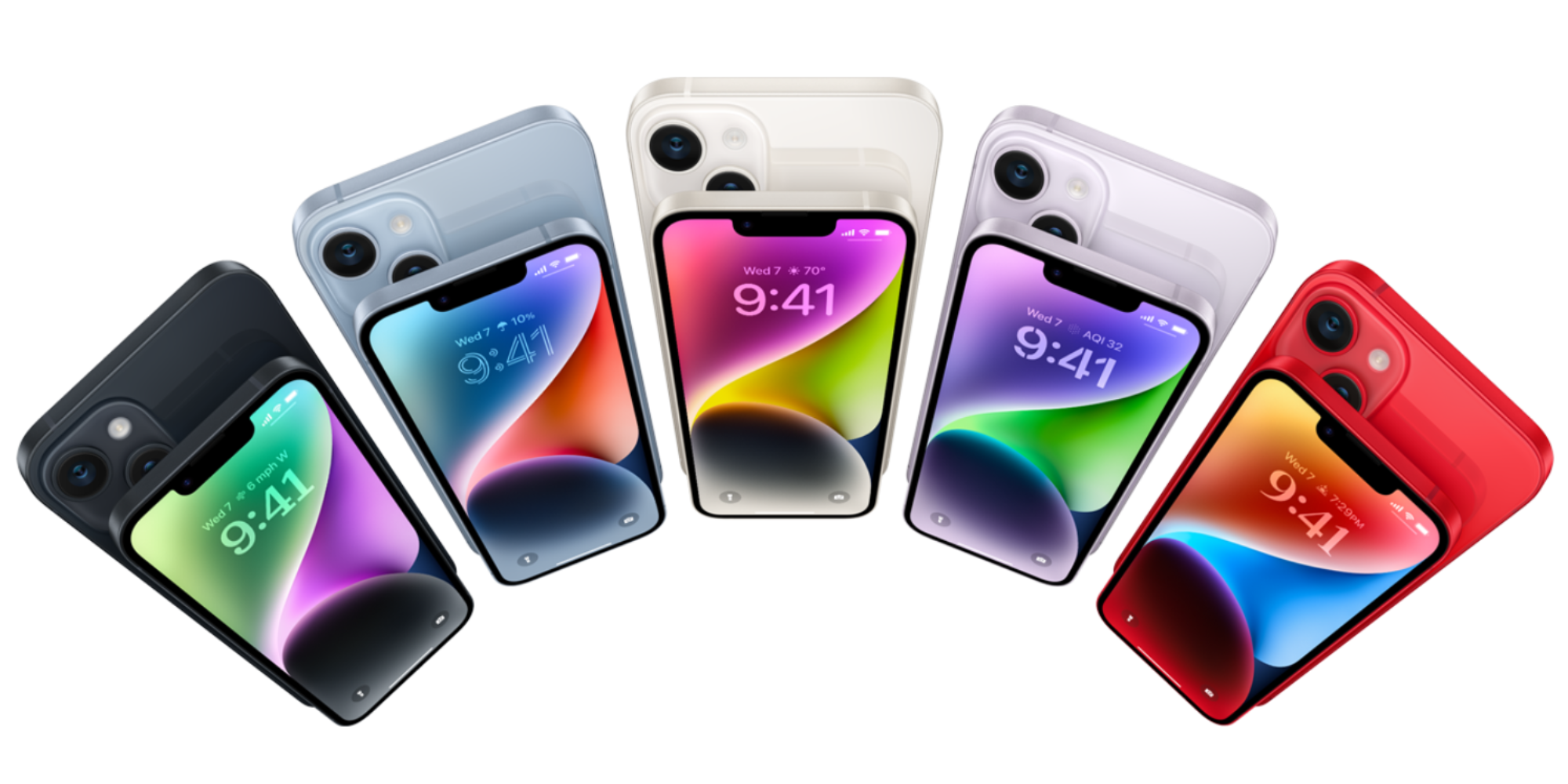Do The iPhone 14 & iPhone 14 Plus Have 120Hz Displays?

Apple's new iPhone 14 and iPhone 14 Plus come with great displays, but do they have 120Hz refresh rates? The iPhone 14 lineup was announced at Apple's 'Far Out' event where the company also launched a number of other devices, including the Watch Series 8, Watch Pro, Watch SE (2022), and AirPods Pro 2.
The iPhone 14 series is the follow-up to the iPhone 13 lineup that launched last year to a warm reception from buyers. Like last year's lineup, the iPhone 14 series also includes four different models, but Apple decided to ditch the 'mini' this year in favor of the large-screen 'Plus' model in keeping with consumer demand for bigger displays. As a result, the four models in this year's lineup include the iPhone 14, iPhone 14 Plus, iPhone 14 Pro, and iPhone 14 Pro Max.
While the two 'Pro' models come with 120Hz ProMotion screens with adaptive refresh rates that can even go down as low as 1Hz to save battery, the display panels on the regular iPhone 14 and iPhone 14 Plus have the standard 60Hz refresh rate like the vanilla iPhone 13. In fact, the iPhone 14 Pro and Pro Max come with a number of significant upgrades over the non-Pro models, including a more powerful A16 Bionic chipset and the Dynamic Island, a pill-shaped notch that also displays notifications.
iPhone 14 and 14 Plus Display Features
While the iPhone 14 and 14 Plus miss out on 120Hz displays, they still offer some notable display features, including HDR support, True Tone colors, and a wide P3 color gamut. The panels also come with a 20,00,000:1 contrast ratio, offer 1,200 nits of peak brightness (HDR), and have an oleophobic coating to reduce fingerprints and smudges. However, the base models miss out on the always-on display which is reserved for the Pro models.
While most smartphones in the entry-level segment continue to ship with 60Hz panels, 120Hz is becoming increasingly more common in the mid-range for Android smartphones. Samsung, Motorola, Xiaomi, and a host of other vendors are already shipping multiple mid-range smartphones with 120Hz panels, while many premium Android devices these days feature AMOLED panels with 144Hz refresh rates. In fact, the Asus ROG Phone 6 and ROG Phone 6 Pro ship with a 165Hz displays, making them the first smartphones to offer the feature. While Apple has never competed with Android vendors on specs, the inclusion of a 120Hz panel on the $799 iPhone 14 would have surely increased its appeal over similarly-priced Android devices.


0 Response to "Do The iPhone 14 & iPhone 14 Plus Have 120Hz Displays?"
Post a Comment